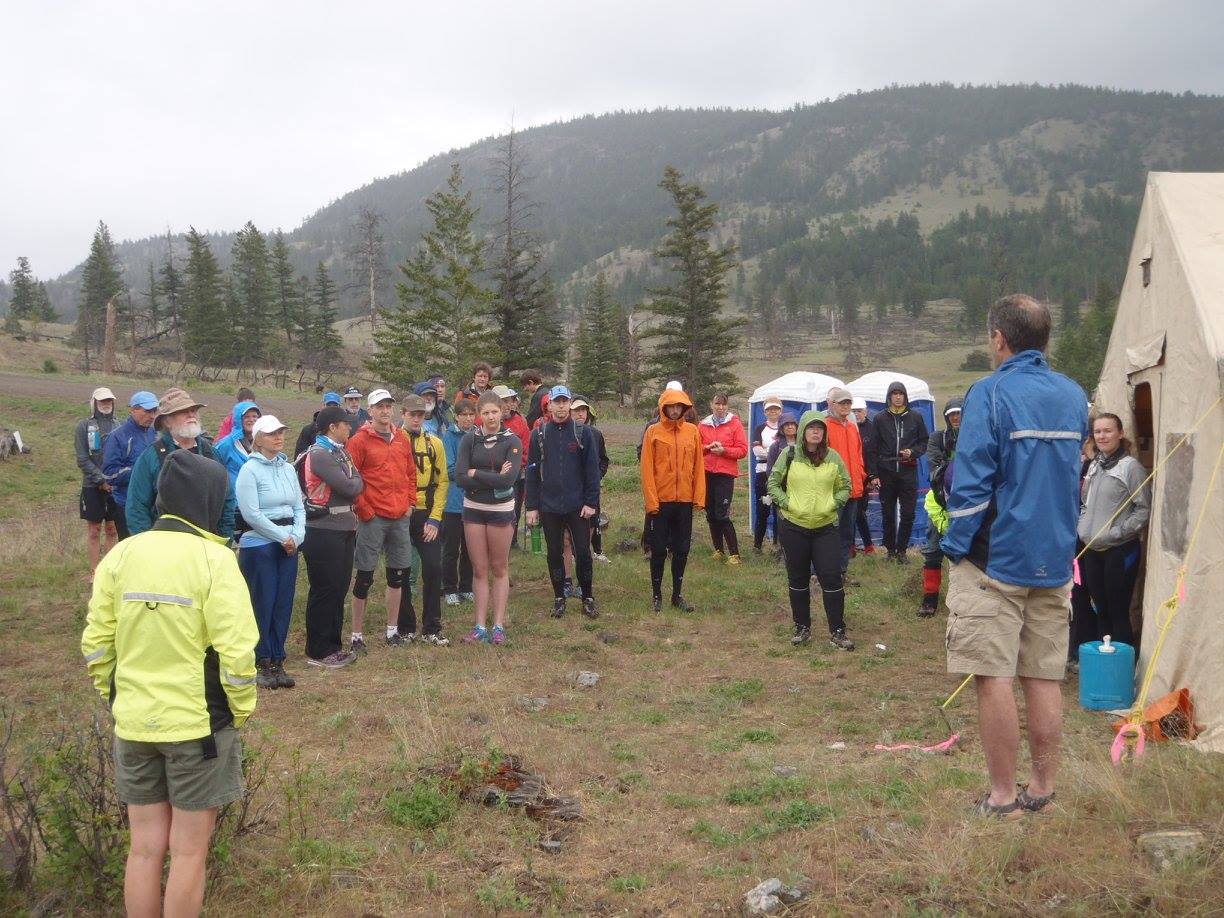Don’t Get Fired Over a New Website – SEO Website Transition Part 2
Website Transition Recap
In my last article I had described in detail what sorts of risks were present when looking specifically at website traffic during a redesign. Assuming that the Page URL’s, site navigation and page content may change, this can lead to heavy losses in web based traffic both in the form of Search Engine traffic, referral traffic and book marked page traffic. This loss avoidable disruption would naturally leads to lost leads, sales and clients (money in your pocket).
This last piece of the transition process details the hands on development of the page redirects. This part gets quite a bit technical so I hope I don’t lose you (my one reader). Consider that my official disclaimer that some of the content below may meander towards indecipherable gibberish.
What Have we Done So Far
At the end of the last article we had collected data which detailed several key points
- Which pages in order received the most Search Engine based traffic
- Which pages in order received the most direct traffic (type in traffic)
- Which pages in order were being linked to by other websites (back links)
- A base list of non-branded keywords which have directed the most leads
- The phrase list wasn’t detailed specifically but make sure you dump this list from Google Analytics for reference when checking over content.
Mod-Rewrite or Isapi Rewrite Module
Now we’re getting dirty. If you’re still with me you’ll have an idea what I’m talking about here. If you’re on a ‘non-windows’ server then you’ll already have access to apaches’ mod-rewrite module natively and can move on. If your website is hosted on a windows IIS server, things get much more complicated. You will need to ensure that your system administrator has installed the isapi rewrite module for IIS. Further if you run IIS7 found on Windows Server 2008 or better requires its own proprietary Rewrite Module.
Both of the IIS based modules add a process which handles the page request in order to deliver custom responses which we need when setting up our redirects. The modules emulate the mod-rewrite functions used natively by the unix based webservers (Linux, Ubuntu, Solaris, etc…)
This inability of the Windows based servers to support an ‘htaccess’ style redirect toolset has been an SEO Killer for years before the introduction of the Isapi Rewrite module.
301 Page Redirects using Mod-Rewrite and Isapi Rewrite Module
Once you have confirmed that your webserver supports either of the redirect modules discussed earlier you will now be creating your list of redirects. You will need to have a grasp of mod_rewrite commands to complete this next piece or you’ve got some studying to do.
Simple Redirect Examples
To redirect a single page which does not contain any dynamic variables you would redirect the page like this:
RewriteEngine On
RewriteRule ^important-page.html http://www.domain.com/new-important-page.html [R=301,NC,L]
A more complex rule is as follows
This would redirect a page such as http://www.domain.com/oldpage.php?prod-id=shfiftyfive
RewriteCond %{QUERY_STRING} ^id=shfiftyfive$ [NC]
RewriteRule ^oldpage.php$ http://www.domain.com/prod-shfiftyfive.html? [R=301,L]
In my experience these commands can take some tweaking in order to get them fully functional depending on end server makeup so it is important to use a HEAD Request testing tool in order to test the accurate processing of the web request. I am partial to the HTTP Head Request viewer from Rex Swain http://www.rexswain.com/httpview.html. Just be sure to select the HEAD radio button prior to testing. When interpreting the response, be sure that the Receiving Header response declares a 301 Moved Permanently Redirect.
You will have completed the redirect process once every URL in your ‘before’ list redirects to a new page in the website. Often many pages will redirect to the same page as it just so happens that they share a common and relevant page in the new site structure. This is common. If possible try not to let this happen and if there is enough topical separation in the 2 pages content, build 2 new pages.
This article isn’t designed to be a how to on mod_rewrite and regular expression commands so I will leave the examples there. Part of the motivation of this article was to describe the somewhat complicated and detailed requirements which make up a successful website transition project.
I am happy to share more of my experiences or if you have anything to add please feel free to fill up the comments.
Jade
Latest posts by Jade (see all)
- 2016 Javelina Jundred 100 Mile Endurance Run – Chasing a Dream - November 5, 2017
- Caorda Time Lord – A Forgotten Relic of the Time War - April 9, 2016
- Sage Stomp 6 Hour Mini Rogaine – Gardens Creek Ranch - March 17, 2016






